Adapting to life in rugged, high-altitude environments is no simple feat, yet several species of big cats have mastered the art of survival in these challenging locales. As majestic predators, these felines have developed unique adaptations that enable them to thrive in mountainous regions around the world. From their physical characteristics to their hunting strategies and behaviors, let’s explore how big cats navigate and endure life in these elevated landscapes.
Introduction to Mountainous Habitats
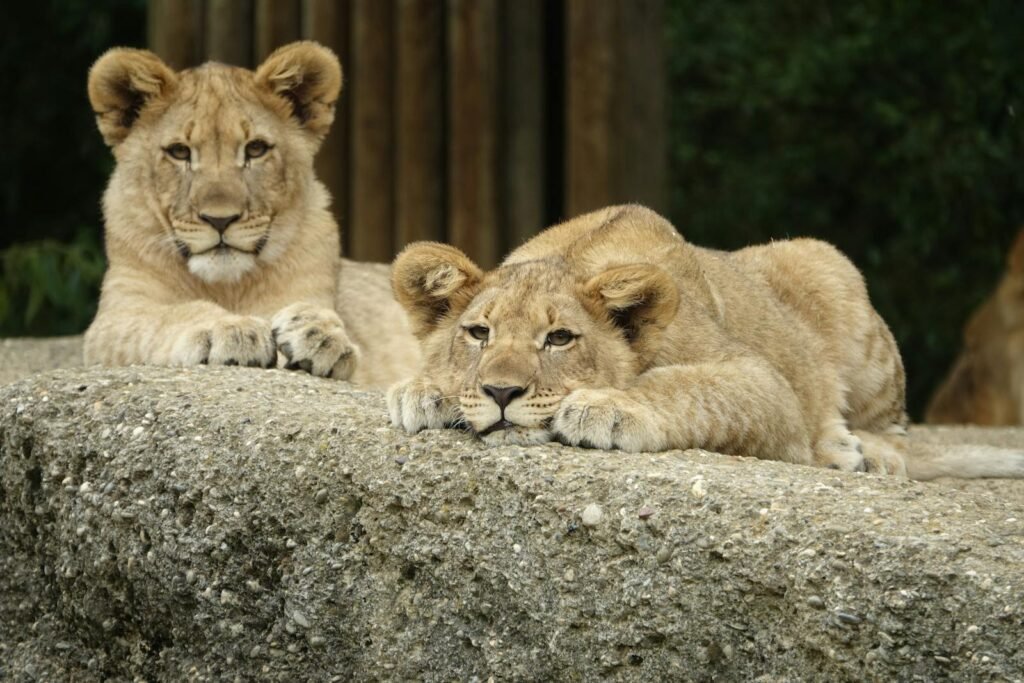
Mountainous terrains present a distinct array of challenges for wildlife, including extreme weather conditions, scarce prey availability, and rugged landscapes. These environments can range from the icy slopes of the Himalayas to the forested mountains of the Americas. Big cats have evolved specific traits that allow them to not only survive but also excel in these formidable locales.
Physical Adaptations: The Art of Camouflage
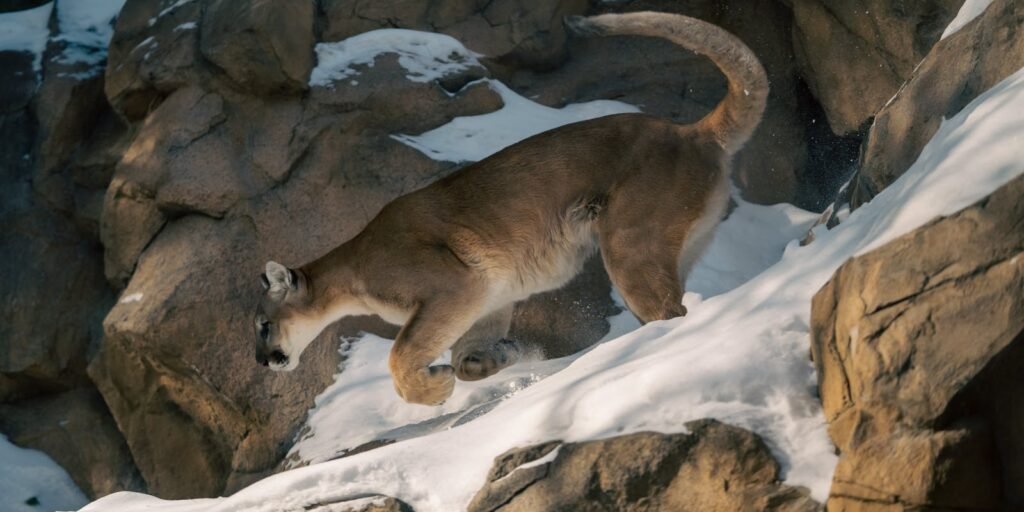
Big cats such as snow leopards and pumas have developed coats that blend seamlessly with their surroundings. The snow leopard’s thick, smoky-grey fur, peppered with black rosettes, provides excellent camouflage against the rocky and snowy backdrops of its Himalayan home. This not only helps them avoid detection by prey but also offers protection against potential threats.
Powerful Limb Morphology and Balance

Inhabiting steep and uneven terrains requires extraordinary balance and strength. Mountain-dwelling big cats boast powerful hind limbs and large, well-adapted paws that provide stability and enable agile movement across jagged rocks and slopes. Their tails, too, play a crucial role; long and muscular, these tails aid in balancing when navigating treacherous paths.
Keen Sensory Adaptations
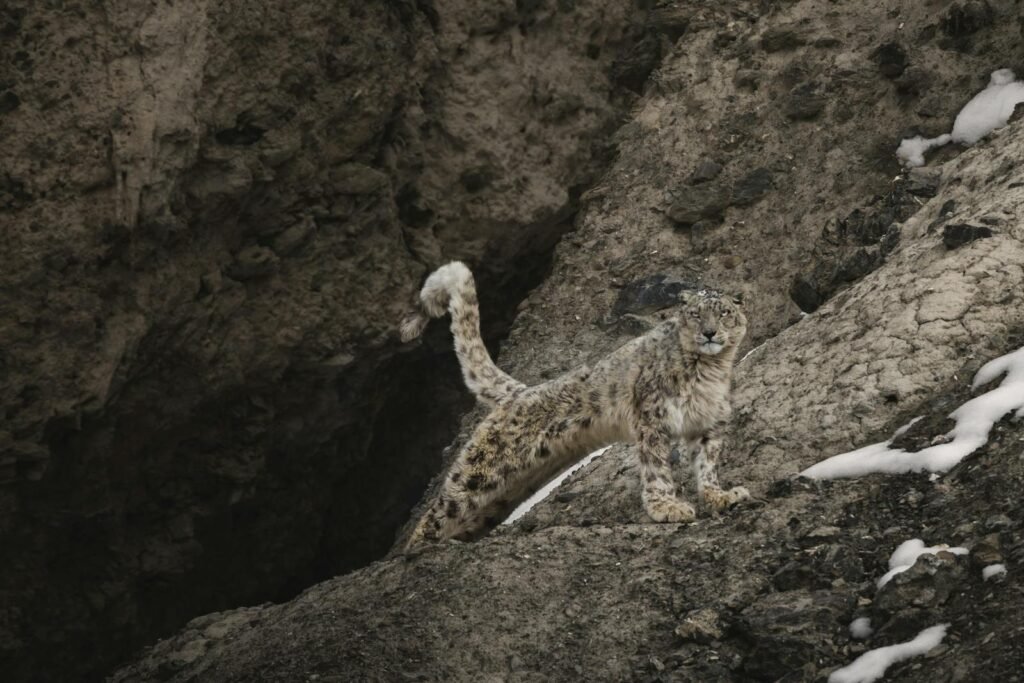
Predators in mountainous regions rely heavily on their senses. Acute eyesight and enhanced hearing are indispensable for detecting prey over vast expanses while remaining partially hidden from view. Snow leopards, for instance, possess sharp eyesight that allows them to spot prey at great distances, crucial for hunting in areas where prey is sparse.
Diet and Hunting Strategies
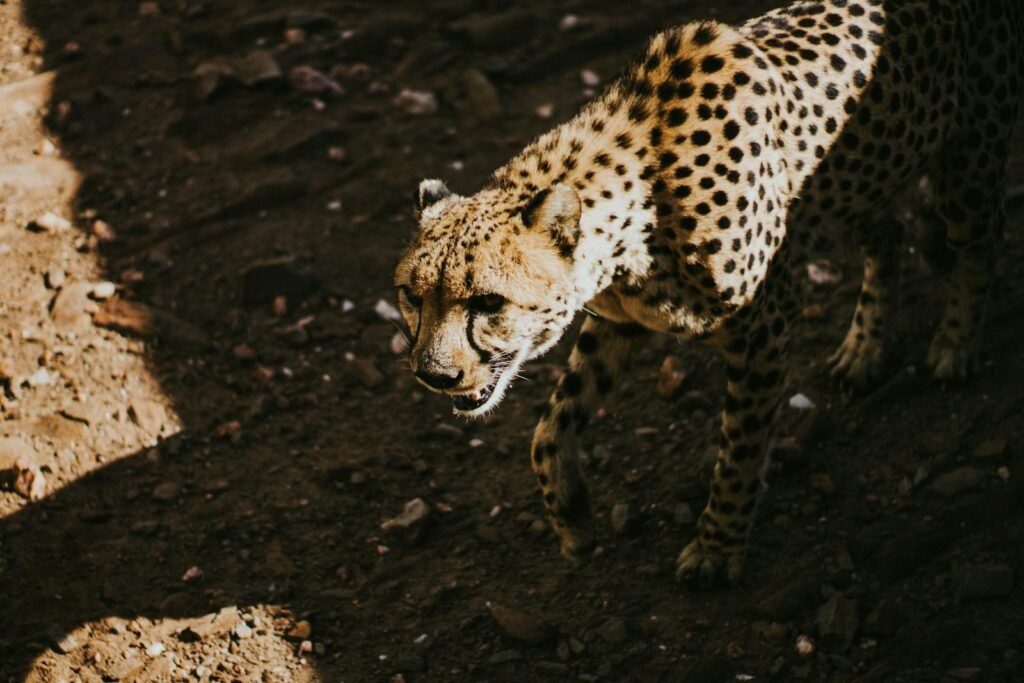
The scarcity of prey in mountains forces big cats to adapt their hunting strategies. They often target larger prey, such as mountain goats, deer, and sheep, which provide sufficient sustenance for extended periods. Their hunting tactics, which include lengthy stalking and powerful ambushes, are designed to minimize energy expenditure while maximizing success.
Behavioral Adaptations: Territoriality and Solitude
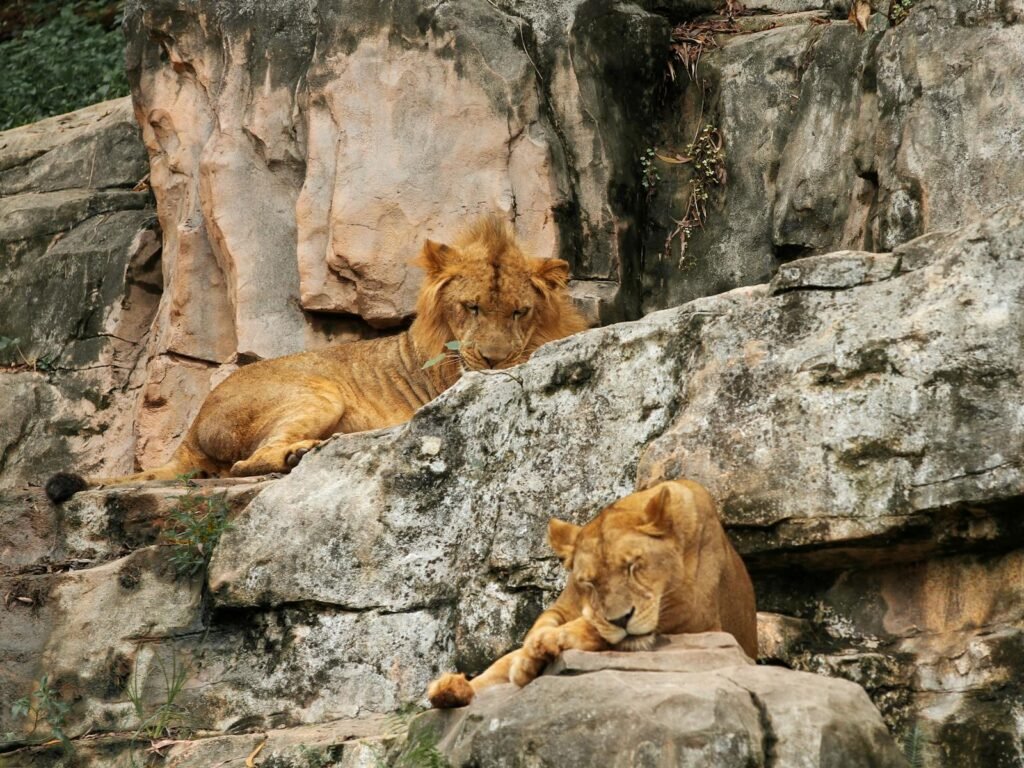
Big cats in mountainous terrains often lead solitary lives, establishing large territories to ensure access to adequate food resources. These territories are carefully marked and fiercely defended, with cats utilizing scent markings and vocalizations to communicate boundaries and deter intruders.
Breeding and Rearing Young
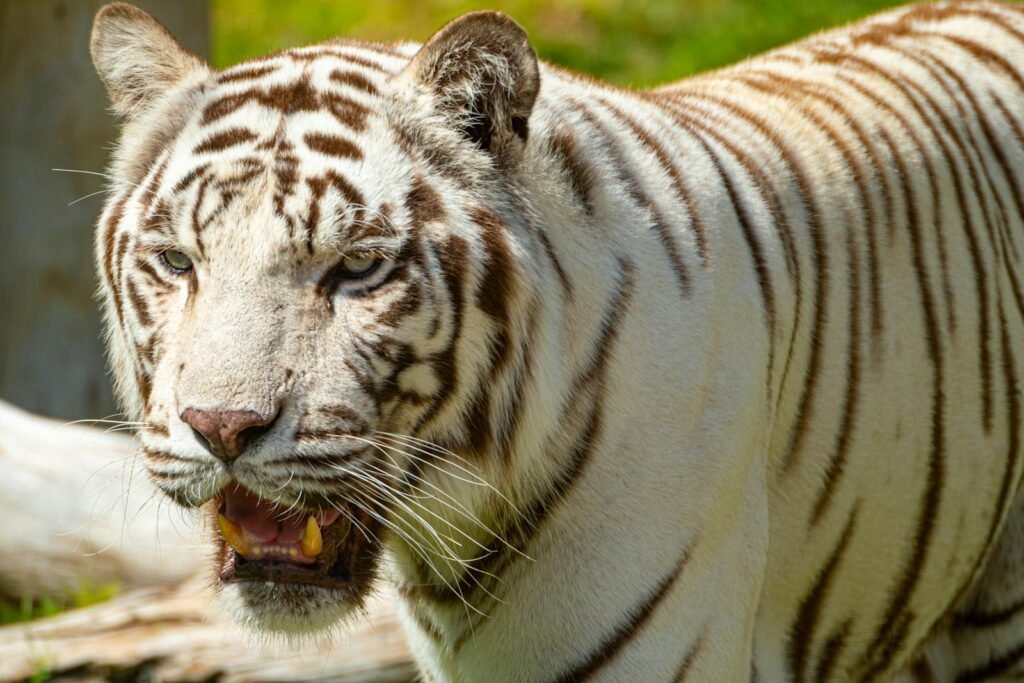
Reproduction in mountainous big cats is heavily influenced by environmental conditions. Offspring are often born during seasons with milder weather, allowing them a greater chance of survival. Mothers are incredibly protective, often rearing their young in secluded, easily defensible den sites to shield them from predators and harsh weather.
Climate Adaptations: Dealing with Cold and Heat
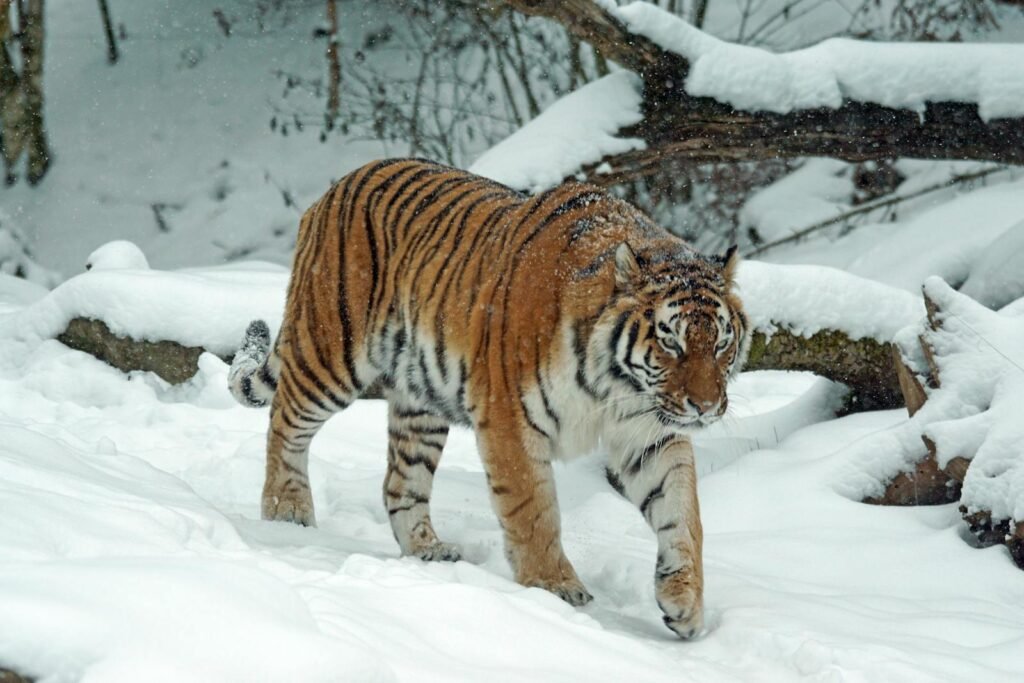
Mountainous environments can feature extreme temperatures. To cope, big cats have evolved physiological adaptations like thick fur and fat reserves for insulation against cold. Conversely, during warmer months, they may seek shaded and cooler areas to maintain their body temperature.
Threats and Conservation Efforts
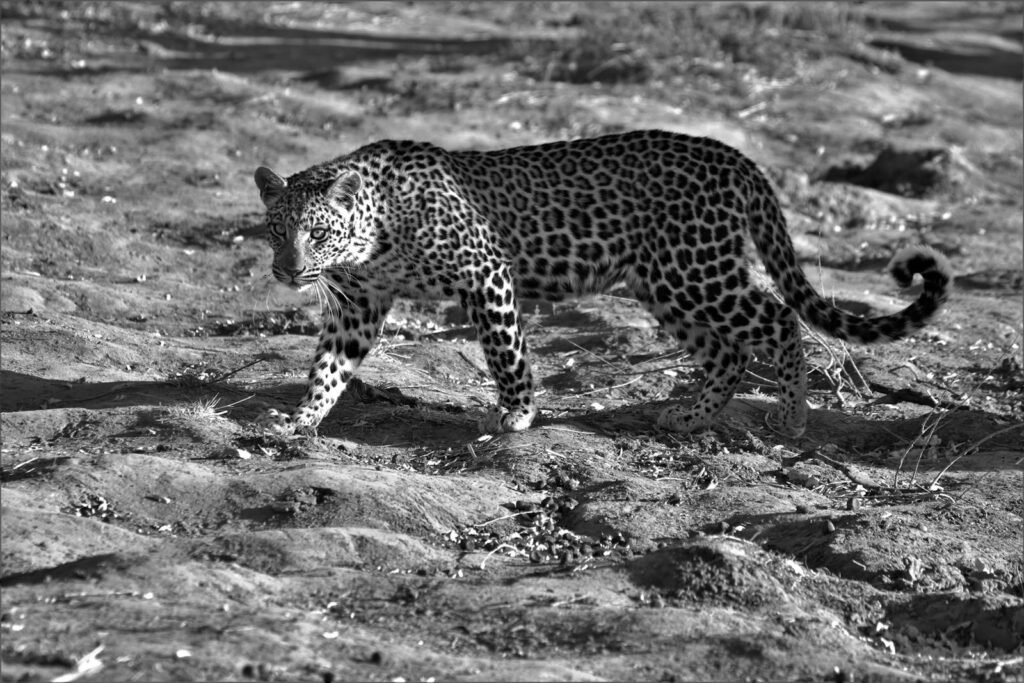
Despite their adaptations, big cats in mountainous regions face numerous threats from habitat destruction, poaching, and climate change. Conservation efforts are crucial in ensuring these cats can continue to thrive. Protected areas have been established in many regions, focusing on preserving natural habitats and mitigating human-wildlife conflict.
Conclusion: The Majesty and Resilience of Mountain Big Cats
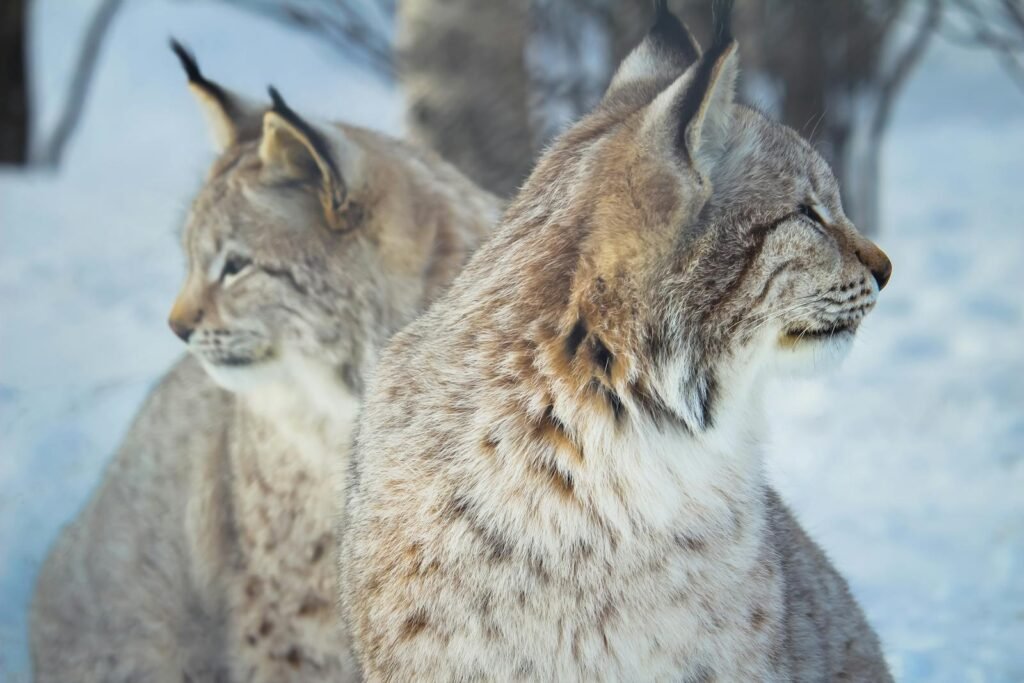
Big cats that inhabit mountainous regions are a testament to nature’s incredible ability to adapt and endure. Through physical, behavioral, and physiological adaptations, these majestic creatures have carved out a niche in some of the planet’s most challenging environments. Ensuring their continued survival is both a challenge and a responsibility, necessitating global conservation efforts and a deeper understanding of their role within these ecosystems.

Suhail Ahmed is a passionate digital professional and nature enthusiast with over 8 years of experience in content strategy, SEO, web development, and digital operations. Alongside his freelance journey, Suhail actively contributes to nature and wildlife platforms like Feline Fam, where he channels his curiosity for the Feline into engaging, educational storytelling.
With a strong background in managing digital ecosystems — from ecommerce stores and WordPress websites to social media and automation — Suhail merges technical precision with creative insight. His content reflects a rare balance: SEO-friendly yet deeply human, data-informed yet emotionally resonant.
Driven by a love for discovery and storytelling, Suhail believes in using digital platforms to amplify causes that matter — especially those protecting Earth’s biodiversity and inspiring sustainable living. Whether he’s managing online projects or crafting wildlife content, his goal remains the same: to inform, inspire, and leave a positive digital footprint.






